“Whether you think you can, or you think you can’t – you’re right,” Henry Ford
How often do you talk yourself out of doing something because you tell yourself you can’t. You say;
- “I don’t have the skills”
- “I don’t have the patience”
- “I’m not good enough”
These are the things I heard people say many times over as I chatted to visitors at UNRAVAL and YARNDALE this month.
I had an amazing time at these events and was delighted to have the chance to meet so many of my online friends in real life – and I also met lots of new people which was very exciting!
I love putting up shows and exhibitions and I was delighted to have such a positive response from everyone who visited my stand – there were many audible intakes of breath and lots of ‘wow’s which is always lovely to hear.
It’s not often I get the chance to display my work so it’s always really exciting for me when I do and I spend huge amounts of time fiddling, tweaking and faffing… which I prefer to call curating a space.
How we choose to display and present our work says so much about how we value what we do and this is a subject that often comes up in Zoom conversations with my online course members.
CONTEXT shows how we value our work.
Art and design is such a subjective thing- who gets to decide what’s valuable and what isn’t? And if WE as makers don’t show that we value our work – how can we expect anyone else to?
The arguments around ART versus CRAFT have circulated for decades and it’s a rare craftsperson who gets to show their work in curated gallery spaces – and for most craft work that’s not really where it belongs. Craft products are made to be used and loved; to perform a function other than simply to be looked at.
But if we want our work to be noticed it still has to be seductive enough to hold someone’s gaze and I always strive to make my own work visually enticing both online and in real life.
However- my work isn’t about making beautiful products to be displayed, admired and bought. And it’s not even about selling a pattern so others can recreate it.
My work is all about the collective; connectivity and a shared experience.
I’m often asked why my big projects are only available as courses and not as downloadable PDF’s. These questions are usually asked on social media where it’s not possible to write a whole manifesto in response so I usually write something fairly brief in reply which never really feels like the right answer.
The thing is – there are so many reasons why these projects are run as courses and I’ll try to explain it here…
- I LOVE teaching!! I love helping people learn new skills and develop their craft. It fills me with joy watching someone achieve things they never thought they could – I spent over 20 years teaching Textiles and Art and Design in Further and Higher Education and teaching has worked it’s way into my DNA
- I’m curious about other people and how they interpret a design. It’s exciting for everyone to see other people’s iterations- their colour choices and their choice of yarn, and we’re all fascinated to see each others project grow.
- It’s all about the PROCESS. I encourage everyone to work at their own pace and enjoy every stage of the project. There’s no sense of competition – just a supportive group cheering everyone on at every stage – with a shared celebration for even the smallest step forward.
- It’s all about INCREMENTAL learning – which is what makes my big projects achievable for anyone with even just some basic crochet skills. Everything is broken down into small pieces – you’re ‘drip fed’ the content in bite sized pieces so you never feel overwhelmed by the enormity of the project.
- It’s an interactive and dynamic experience. We all get to learn from each other and share our skills and ideas. My course content; the videos, PDF’s and diagrams become the point of departure for so many conversations, spin off projects and connections.
And it’s this final point that I think is the most important.
It’s about being connected and all the benefits that brings to a learning experience. In fact, it’s almost impossible NOT to learn something when you interact and connect with other people in your network. What each individual learns is naturally passed on to others and informs our community.
In fact Connectivism is a LEARNING THEORY practiced online in all sorts of ways.
Over the past two decades we’ve seen the growth of MOOC’s (Massive Open Online Courses) and the success of this way of learning shows that it’s connectedness and creating networks that’s as important as information in the way we learn.
George Siemens, a Canadian professor of psychology, developed Connectivism as a theory of learning and his theory explores the importance of NETWORKS of learning :
- Neural networks: As we learn new things we generate new neural connections in our brain.
- Social networks: This includes the ways we connect online through the internet, apps and different social platforms.
The theory of Connectivism sees learning as a shared experience, it’s networked and constantly in flux and takes place THROUGH these connections rather than simply in an individuals mind.
Siemens theory is driven by eight guiding principles:
1. Learning and knowledge rests in diversity of opinions:
We learn so much from other course members who show us different ways of seeing and working with colour. I teach colour theory on my courses but mostly I facilitate others and simply watch them explore their own ideas.
2. Learning is a process of connecting specialized nodes or information sources
Conversations with others in the group often lead to recommendations of books, other designers work, exhibitions, and many other different sources of information – it doesn’t just stop at my course content.
3. Learning may reside in non-human appliances
There are so many different ways that ideas and information can be shared and stored online – digital platforms make this easily accessible.
4. Capacity to know more is more critical than what is currently known
A curious mind and the desire to challenge yourself will always take you far beyond what you think you’re capable of.
5. Nurturing and maintaining connections is needed to facilitate continual learning
Social interaction and feeling connected to others means people stay connected when the course ends and continue to learn from each other.
6. Ability to see connections between fields, ideas, and concepts is a core skill
My courses are about so much more than just crochet. I see crochet as simply a ‘way in’ to so many different subjects including art & design, health & well being, colour theory – even maths and science. All these subjects are connected through crochet.
7. Currency (accurate, up-to-date knowledge) is the intent of all connectivist learning activities
Staying independent allows me to be responsive and informed by EVERYONE I interact with – not just my sponsors or employers! This means I can quickly edit my content to keep it current and relevant to all my members.
8. Decision-making is itself a learning process
My courses are designed to challenge you at every stage, and also provide plenty of opportunities for decision making along the way. This means that everyone has ‘ownership’ of their work because they’ve been involved in colour decisions from the very beginning, rather than following prescriptive colour instructions.
CONNECTIVISM is something that I’ve been instinctively drawn to in my teaching practice – before I even knew it was a THING.
So if you’ve been looking at my projects and think you could never do that – remind yourself of these things:
- You won’t be on your own- there’s a whole community to help you.
- Enjoy the PROCESS and the product will take care of it’self.
- It’s my JOB!! My personal challenge is to make learning material that enables EVERYONE to achieve – even with very basic crochet skills.
- Stop looking at the big picture and focus on the bite sized chunks.
- It’s a journey not a race. Yes, it’s a cliché – but it absolutely true!
- “Whether you think you can, or you think you can’t – you’re right,”
And I KNOW that you can……

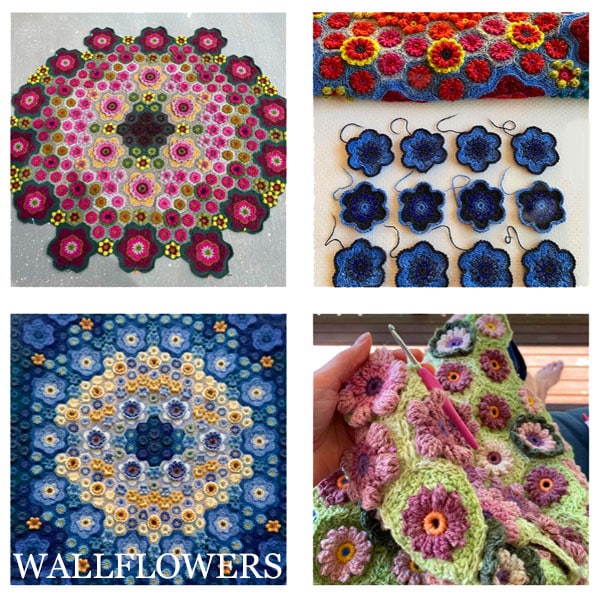
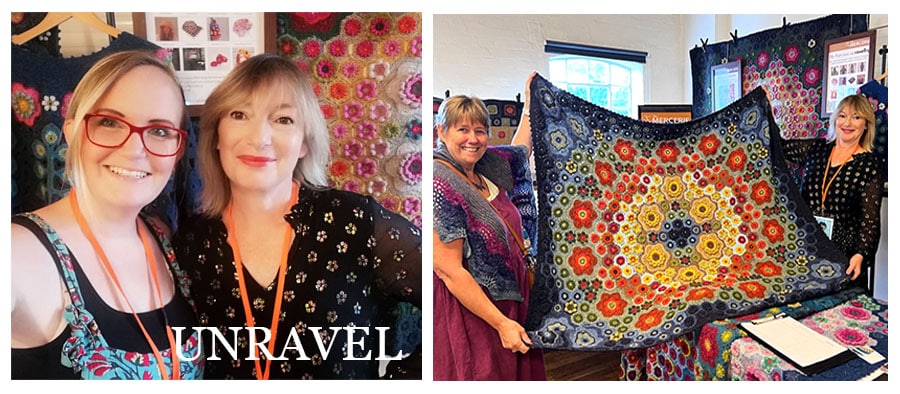
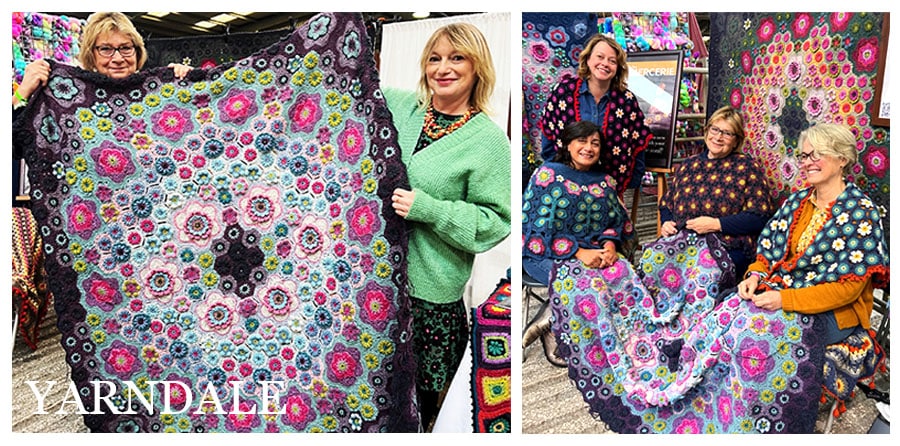
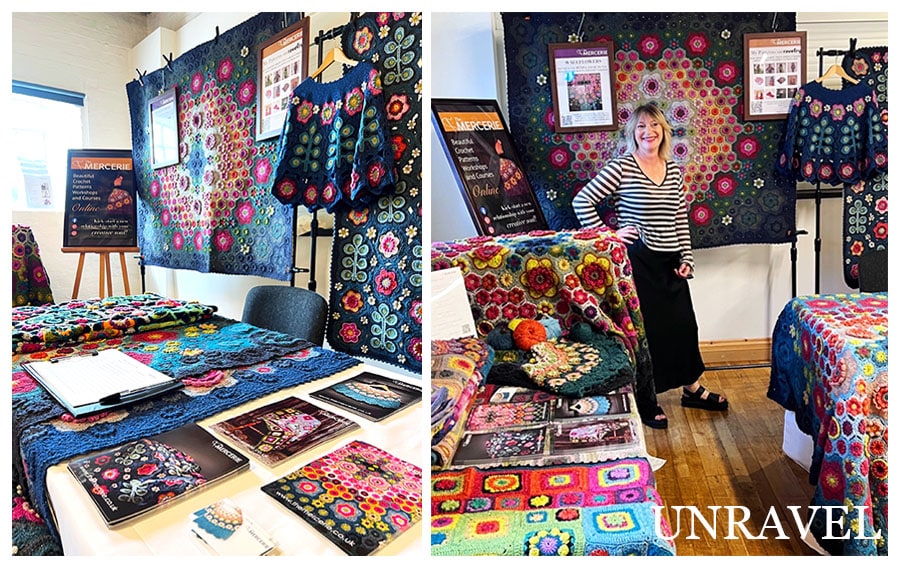
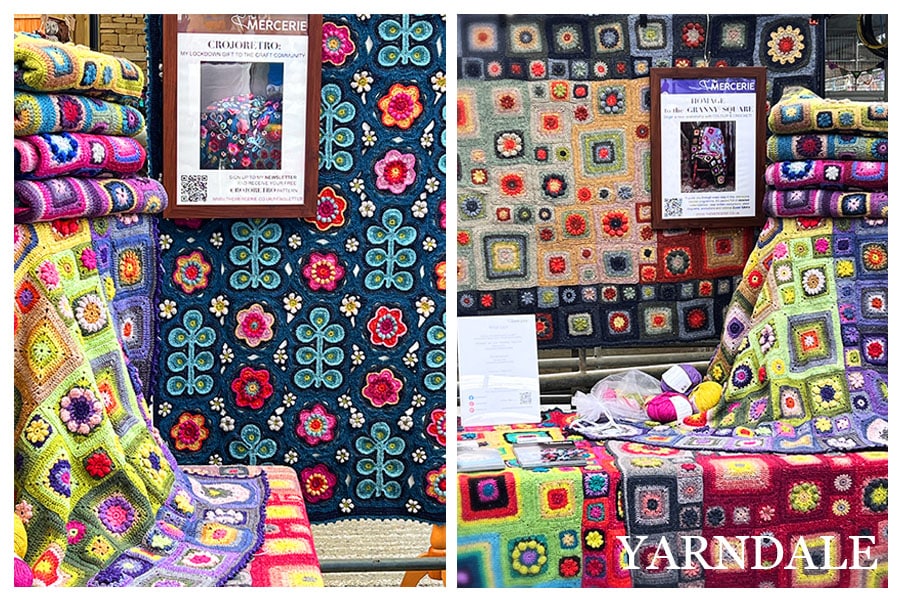
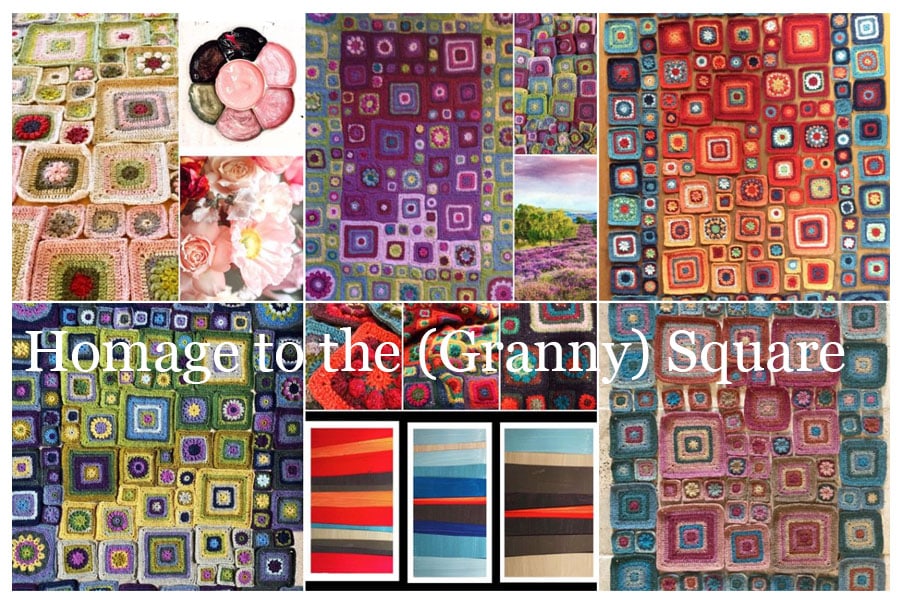
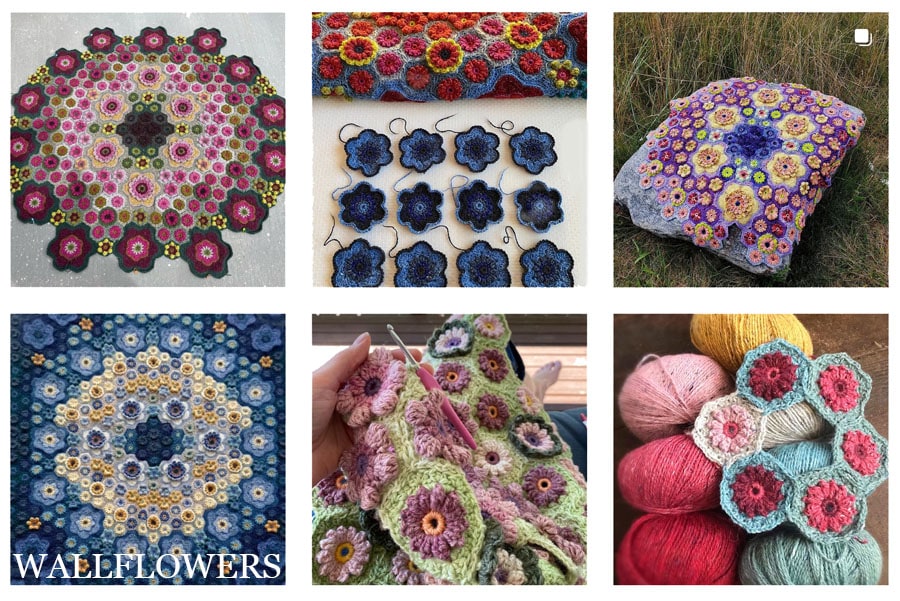
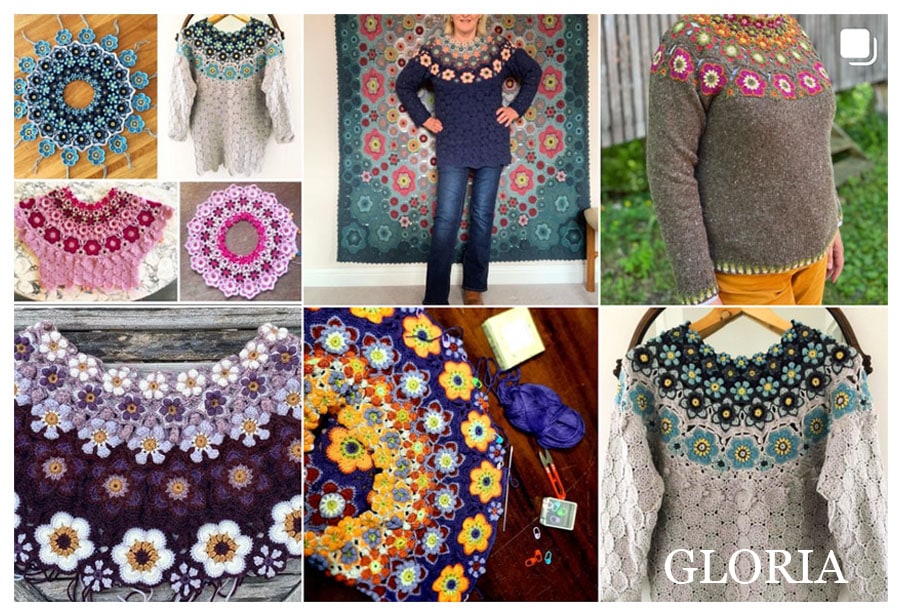
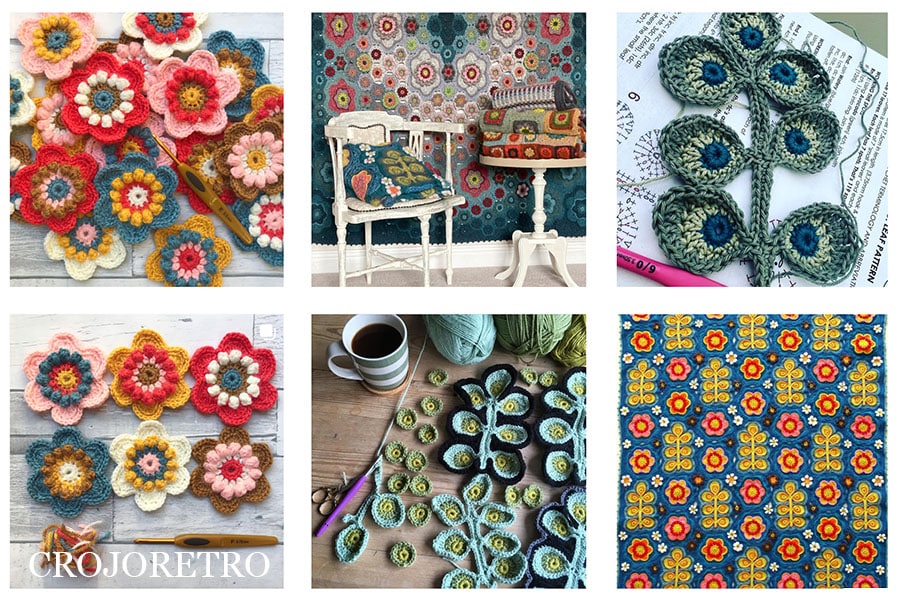
I think you’re coming at this from a very noble place but your emphasis on the benefits of social connection does close the door to learning opportunities for some neurodivergent people like me. I’m autistic and love to learn but find having to do this within a social framework exhausting and overwhelming. I have to work very hard to maintain my ‘social face’ and this inevitably takes away from my capacity to fully concentrate on and engage with the actual project I’m truly passionate about. Not all of us thrive in social situations- some of us do benefit and grow when given the chance to learn alone at our own speeds and in our own way. I would buy your patterns in a heartbeat but sadly have to avoid your courses as I know the stress and expectations of the social elements would take more out of me than I would get back. Not all of us benefit from the same thing – we all live and learn differently and I live in hope that more people would become aware of this and realise that what benefits some people doesn’t necessarily benefit all of us.
Hi Jayne, thank you for taking the time to write such an insightful response to this blog post, you’ve definitely brought a new and important perspective into the conversation. I can reassure you that the social elements of my courses are completely optional- there’s never any expectation or pressure to join in on the Zoom calls or engage in social media. I don’t do any formal teaching on these platforms and many of my course members choose to work independently, and quietly on their own in the knowledge that I’m there should they need any help.
All course members are encouraged to work at their own speed and pace.
I do hope that’s reassuring for you and I hope you feel this makes my courses more possible for you. Best wishes, Sue
Hi Jayne, I know where you are coming from as a stroke survivor and know this is totally different to you but I felt on reading your comment and Sue’s reply I must add my incite to the courses. I had never joined online courses before. I did not know if I could do the crochet as knew so little . I decided to join and by watching the amazing videos Sue has taken such time and effort to make and knowing one can pause and then continue and go back as many times as one needs. At the start joining the fb group and watching from the sidelines and gradually adding a comment and others saying how great your colours are or loving your work or from httgs your photo chosen to choose colours from I was growing in confidence even my family were noticing such a change and the physical doing helped my weakened stroke hand and brain function. Zoom was not for me although I tried a couple of times. I did not need it. I really can say it has been the best thing I’ve done to join Sue and the community online quietly from home with no pressures just constant joy from my two beautiful blankets I have made and needing warmth as the weather changes Wallflowers will get the ends on the back slowly but surely tucked away. Do hope you can join and get the benefits I did. Wishing you all the best. Amelia x
Hi Amelia, thank you so much for sharing this with us! I’m so happy you’re part of our community and you’re an inspiration to us all! xxx
Hi Sue,
You are very inspiring and encouraging. I’m only on Chapter 3 in Wallflowers but I’m not in a race! I’m really enjoying the project and love how it is turning out. I’m using Rowan Felted Tweed, which I love!
Regards,
Angela
Thank you, I’m so pleased you are enjoying it!
I enjoy the class setting. I don’t think I could have finished Wallflowers in the time I did if I didn’t have the class structure.
Thank you – yes it can help to motivate you. Although it’s always fine to complete the projects in your own time too.
Hello Sue Maton,
It is so lovely to read the post.
I enjoyed it. Hours of practice put in in any artform denotes hardwork leading to excellence that brings out best of us! I liked reading about prof Siemens work, about Outliers.. which we have at home and i read it.
I liked the connect concept a lot and the underlying thoughts about it.
Keep up the good work to inspire all Sue.
Many more such posts are expected to read about through blog.
Best wishes
Ashwini
Hi Ashwini! It’s lovely to hear from you I’m so glad you’ve enjoyed this post – it does sound like we have many shared interests- in crochet and reading x
Will you be running your Wallflowers course next year? I would love to ask for it as a Christmas gift
Hi Sally, yes I’ll definitely be running it again in 2023, so I hope to see you then!
This is so interesting, and makes complete sense to me as a former primary teacher, now working in arts and heritage management. Thank you for introducing me to Connectivism, something I can use with my team!
Hi Susie, thank you for taking the time to read and comment on this! I’m really glad to hear that it resonates with you and you can bring some of these ideas to your own teaching practice.
Hello Sue
Thanks for such an interesting post. I’ve learned a lot about learning, about the process and about connectedness while doing wallflowers and HTTGS. Not finished yet – but I’ll get there and I’m really enjoying the journey XX
Hi- it’s lovely to hear from you, thank you for commenting I’m so glad you enjoyed this post – and enjoy the remaining steps of your crochet journey. I can’t wait to see your finished Wallflowers blanket xx
Oh Sue, WOWEEIE on the booth photos, I imagine in person that would have been even so much more spectacular – thank you for posting the photos to inspire us an ocean away! I am so excited to be starting Gloria the capelet version today. You are so generous to invite those of us that took the first Gloria course the opportunity to create the beautiful capelet. I am so looking forward to creating this version and depleting some of my stash. What a truly colorful newsletter 😀
Hi!! I’m delighted that you’re going to make the Gloria Capelet Thank you for taking the time to read and comment and maybe I’ll see you on Zoom sometime soon?? xx
To Jayne,
I want to say first hand that you can absolutely do any of these course at your own pace and without social interaction. As someone who has finished the course, I highly recommend what is being taught here and the wall in which it is accessible. The Wallflower took me 16 months and I found so much enjoyment just playing with the techniques and colors. I can’t recommend this enough if you want to create something large scale that challenges you to examine your craft or help you to establish the craft itself. Sue is thoughtful, kind, and inclusive in every way and in every step. <3
Hi Jaymi! Thank you so much Your Wallflowers blanket is beautiful and a testament to your determination to succeed.